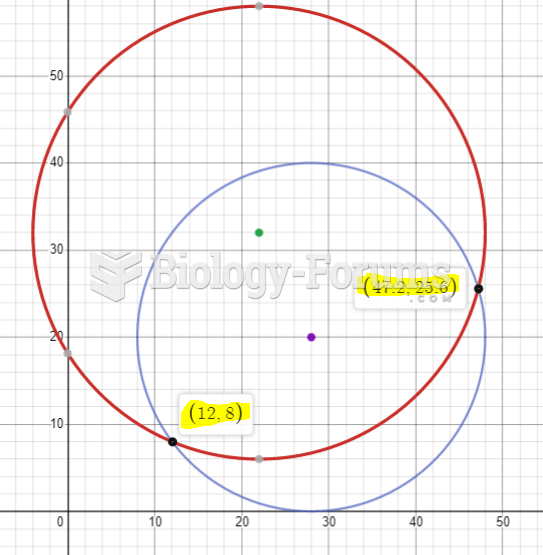|
|
|
Only one in 10 cancer deaths is caused by the primary tumor. The vast majority of cancer mortality is caused by cells breaking away from the main tumor and metastasizing to other parts of the body, such as the brain, bones, or liver.
Giardia is one of the most common intestinal parasites worldwide, and infects up to 20% of the world population, mostly in poorer countries with inadequate sanitation. Infections are most common in children, though chronic Giardia is more common in adults.
Illicit drug use costs the United States approximately $181 billion every year.
Approximately 70% of expectant mothers report experiencing some symptoms of morning sickness during the first trimester of pregnancy.
The horizontal fraction bar was introduced by the Arabs.
 Global positioning systems determine latitude, longitude, and altitude by measuring the distance fro
Global positioning systems determine latitude, longitude, and altitude by measuring the distance fro
 An aryballe vase or decanter made for carrying body oils clearly demonstrates that ancient Greeks we
An aryballe vase or decanter made for carrying body oils clearly demonstrates that ancient Greeks we
 This depiction breaks stereotypes, but is historically accurate. Shown here is an Iroquois fort. Can ...
This depiction breaks stereotypes, but is historically accurate. Shown here is an Iroquois fort. Can ...




